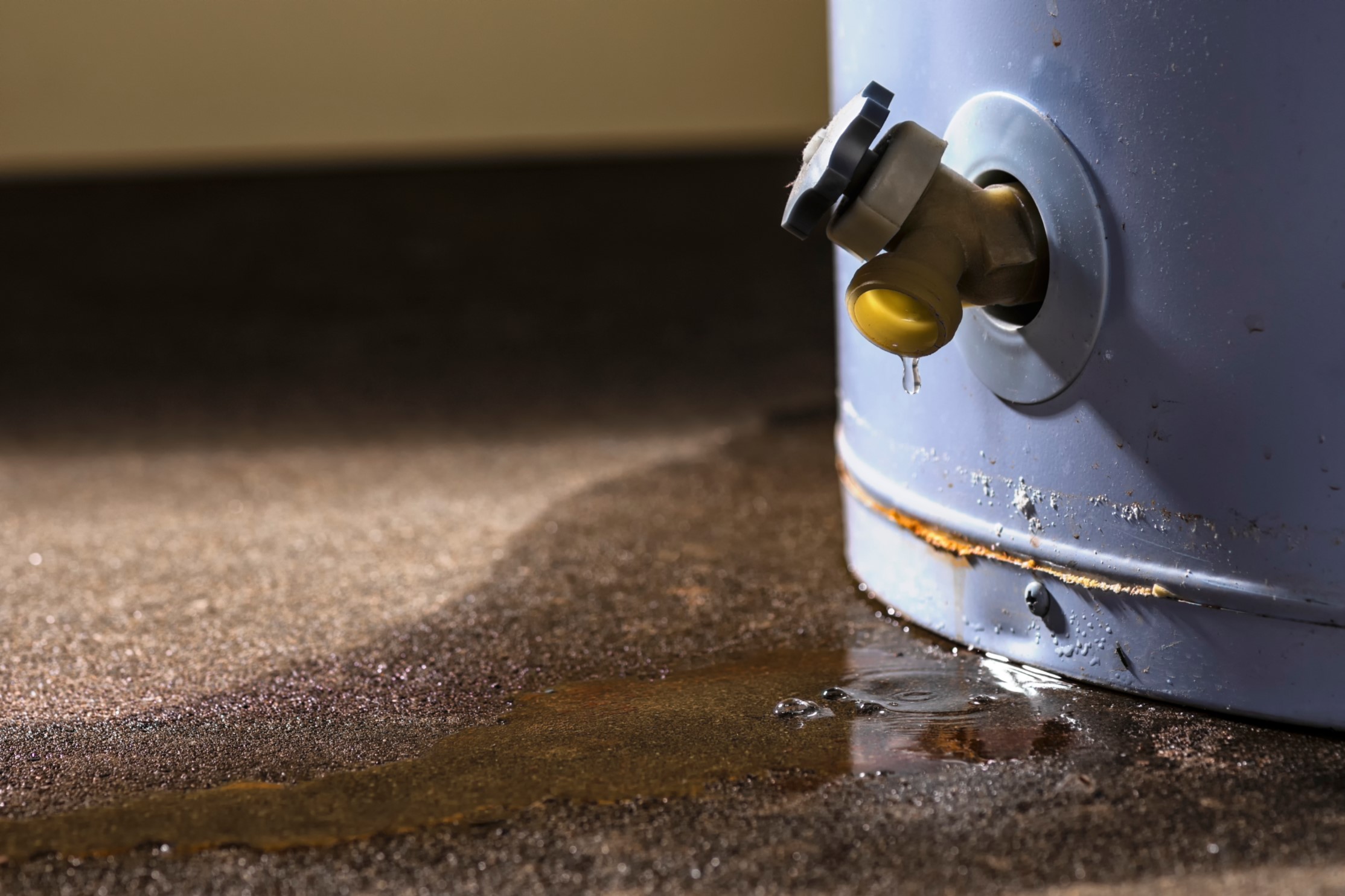Ensuring Longevity of Your Home's Hot Water System: Maintenance Advice
Ensuring Longevity of Your Home's Hot Water System: Maintenance Advice
Blog Article
Were you interested in advice around Tips on Maintaining a Water Heater?

Warm water is vital for day-to-day comfort, whether it's for a revitalizing shower or washing meals. To ensure your hot water system runs successfully and lasts longer, routine upkeep is essential. This post offers practical ideas and understandings on how to preserve your home's warm water system to avoid interruptions and costly repair services.
Intro
Maintaining your home's hot water system could appear difficult, yet with a few basic actions, you can ensure it operates smoothly for several years ahead. This guide covers every little thing from recognizing your hot water system to DIY maintenance ideas and recognizing when to hire expert aid.
Importance of Preserving Your Hot Water System
Routine upkeep not just expands the lifespan of your warm water system yet additionally ensures it operates efficiently. Overlooking upkeep can cause decreased efficiency, higher energy bills, and even premature failure of the system.
Indications Your Warm Water System Demands Upkeep
Knowing when your hot water system needs attention can prevent major problems. Watch out for indications such as inconsistent water temperature, unusual noises from the heater, or rusty water.
Flushing the Water Heater
Flushing your water heater removes debris build-up, boosting performance and prolonging its life.
Monitoring and Changing Anode Rods
Anode poles stop rust inside the tank. Examining and replacing them when worn out is important.
Complicated Issues Requiring Specialist Aid
Instances consist of significant leaks, electrical problems, or if your hot water heater is constantly underperforming.
Routine Professional Maintenance Benefits
Specialist upkeep can include comprehensive inspections, tune-ups, and making certain conformity with security requirements.
Inspecting and Readjusting Temperature Level Settings
Readjusting the temperature level settings ensures optimum performance and safety.
Do It Yourself Tips for Maintenance
You can perform numerous maintenance tasks on your own to keep your warm water system in top condition.
Looking for Leaks
Regularly evaluate pipelines and connections for leakages, as these can lead to water damages and higher costs.
Understanding Your Warm Water System
Prior to diving into upkeep jobs, it's practical to understand the standard components of your warm water system. Usually, this includes the water heater itself, pipelines, anode rods, and temperature level controls.
Monthly Upkeep Tasks
Regular regular monthly checks can help capture minor problems prior to they escalate.
Checking Pressure Relief Valves
Evaluating the stress relief valve guarantees it functions properly and protects against excessive stress buildup.
Shielding Pipes
Protecting warm water pipes decreases warmth loss and can save energy.
When to Call a Specialist
While DIY upkeep is valuable, some issues need specialist proficiency.
Final thought
Normal upkeep of your home's warm water system is crucial for efficiency, longevity, and expense savings. By complying with these pointers and knowing when to seek expert aid, you can ensure a trustworthy supply of warm water without unanticipated interruptions.
How to Maintain an Instant Hot Water Heater
Before tinkering with your hot water heater, make sure that it’s not powered on. You also have to turn off the main circuit breaker and shut off the main gas line to prevent accidents. Also turn off the water valves connected to your unit to prevent water from flowing into and out of the appliance. 2. When you’re done, you have to detach the purge valves’ caps. These look like the letter “T†and are situated on either side of the water valves. Doing so will release any pressure that has accumulated inside the valves while at the same time avoid hot water from shooting out and burning your skin. 3. When the purge valves’ caps are removed, you have to connect your hosing lines to the valves. Your unit should have come with three hoses but if it didn’t, you can purchase these things from any hardware or home repair shops. You can also get them from retail stores that sell water heating systems. Read the user’s manual and follow it to complete this task properly. When the hosing lines are connected, open the purge port’s valves. 4. You should never use harsh chemical cleaners or solutions when cleaning your unit. Make use of white vinegar instead. It should be undiluted and you’ll probably use about 2 gallons. 5. Now flush your water heater. This task should probably take about 40 minutes. We can’t give you specific directions for this because the procedure is carried out depending on the type, model and brand of your heater. With that being said, refer to the user’s manual. 6. When you’re done draining the unit, you have to turn off the purge port valves again. Remove the hosing lines that you earlier installed on each of the water valves. Put the valve caps (purge port) back in their respective places and be very careful so as not to damage the rubber discs that are found inside these caps. 7. Now that everything’s back in place, check your user’s manual again to find out how to reactivate your water heating system. 8. Once it is working, turn one of your hot water faucets on just to let air pass through the heater’s water supply pipes. Leave the tap on until water flows smoothly out of it. https://www.orrplumbing.com/blog/2014/september/how-to-maintain-an-instant-hot-water-heater/

I ran across that content on What Kind of Maintenance Do Water Heaters Need? when doing a lookup on the internet. Do you know about somebody who is occupied with the topic? Please feel free to share it. Thank you for being here. Don't forget to come visit our blog back soon.
Suggested Site Report this page